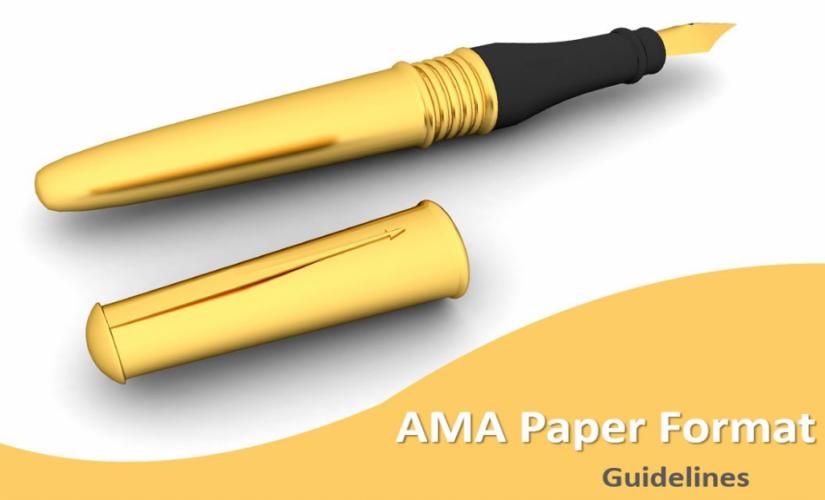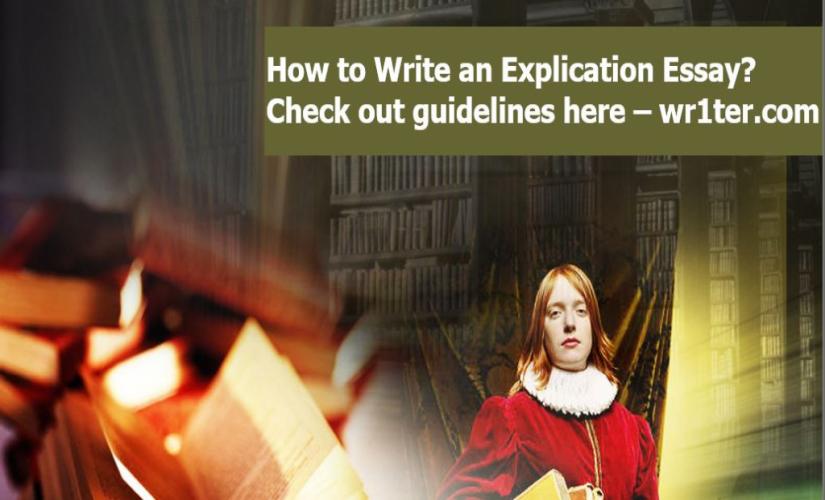The American Medical Association (AMA) paper format is a common technique of referencing scientific research articles in medicine and other associated fields. In this case, the AMA essay style provides a variety of referencing guidelines that allow some consistency in scientific writing. Also, it maintains clarity in communication through defining formats for the presentation of scientific findings. This brief discussion highlights the general AMA paper format regulations and its differences when compared with the American Psychological Association (APA), Modern Language Association (MLA), Chicago/Turabian, and Harvard referencing styles.
General Rules for AMA Paper Format
Title Page
- The title page consists of the paper’s title, names of the authors, contact information, and university affiliations.
- Centering the authors’ information and the title is a common practice.

AMA Paper Style and In-Text Citations
- In-text citations appear as superscript Arabic numerals immediately after the concept or quotation of interest.
- Superscript numerals correspond to sources in the bibliography.
- The placement of the superscript numeral can either be after commas and periods or before semicolons and colons.
- Spaces do not precede superscript numbers.
- If a single location has two or more sources, they are separated by a hyphen for a closed series or a comma for non-consecutive sources, for example:
Recent studies1-3 provide evidence that . . .
Peters3 reported an increase in the locust population.
The two largest cohort studies1,2 had similar results.
The council made five recommendations2:
According to the survey,1 there is no significant development.
AMA Bibliography Format
- It occupies a separate page at the end of the essay.
- The title, “Reference List,” is at the top of the page with a central placement.
- Bibliography entries follow numeric arrangement.
- The Arabic numeral corresponding to an in-text citation is the first element of any bibliography.
- There is no indentation of the reference entries.
- The listing of all authors’ names occurs for articles with up to six authors, as shown below.
One author: Peters KL.
Two authors: Peters KL, Jack TH.
Organization: Kaiser Health Group.
Six authors: Peters JF, Jacks JP III, Brunty RT Jr, Frost JT Sr, Poe KL, van Voe EA.
Seven or more authors: Peters JF, Jacks JP III, Brunty RT Jr, et al.
AMA Essay Format Compared to Other Formatting Styles
AMA vs. APA
The APA style has three main differences when compared with the AMA paper format. Firstly, the in-text citation format of the APA style relies on the use of parentheses, which enclose the authors’ surnames and the publication year of the source. In this case, the parenthetical citations allow for a maximum of five authors’ surnames, which can be quite distracting in papers with heavy in-text citations. Secondly, the alphabetical arrangement of the reference entries is a notable dissimilarity by considering APA vs. AMA paper formats. In turn, the inconvenience of the alphabetical arrangement arises when an author’s name appears as the first author in several sources. Basically, readers must confirm the name of the second author or the publication year.
AMA vs. MLA
In-text citation and title page format are aspects of the MLA that do not agree with the AMA paper format. In the MLA style, in-text citation consists of the author’s last name and a page number. Basically, this approach to the in-text citation is reader-friendly because the highest number of authors in an in-text citation cannot exceed two. In turn, the lack of a title page is a readily observable difference in the MLA style that distinguishes it from the AMA paper format. Moreover, the bibliography list has a distinct title, “Works Cited,” and employs an alphabetic arrangement of entries.
AMA vs. Chicago/Turabian
The Chicago/Turabian reference style uses footnotes and a bibliography for citation purposes, and its title page is quite peculiar. Basically, in-text citations in both Chicago/Turabian and AMA writing styles are superscript Arabic numerals. In this case, the superscript numerals in the Chicago/Turabian style correspond to footnotes. Also, AMA’s in-text citation superscript numbers are identical to the numbering of the reference list entries. In turn, the styling of the title page in Chicago/Turabian format requires the capitalization of the title, which is not a rule for the AMA title page formatting.
AMA vs. Harvard
There are some similarities in the Harvard style reference page despite the parenthetical citation. For example, the Harvard style dictates that the bibliography page must have the title, “Reference List,” which is similar to the titling specifications of the AMA paper format. Additionally, the abbreviations of middle and first names do not have periods in the AMA essay format and Harvard style. However, the Harvard in-text citations provide author names and publication dates.
Summing Up on AMA Paper Format
The use of superscript numerals that correspond to reference list entries is the most outstanding feature of the AMA paper format. In this case, AMA has some similarities with the Chicago and Harvard referencing styles, although the disparities in styling are dominant. Also, the mastery of the AMA guidelines demands a significant amount of practice compared to Chicago vs. MLA vs. APA vs. Harvard styles. In turn, the eleventh edition of the AMA Manual of Style: A Guide for Authors and Editors provides comprehensive explanations concerning the AMA essay format.
Reference List
1. Jonas P, Coles S. A new approach for behavioral therapy and implications for the treatment of ADHD children. J Paediatr Ment Health. 2017 Sep 12; 4 (19): 503-520.
2. Yale University. ScienceReports. http://www.sciencereports.com/publication/2015/11/1950. Published June 7, 2014. Accessed June 16, 2020.
3. Peters KL. Mental Health: A Nurse’s Perspective. Boston, MA: Simeon & Sons; 2020.


